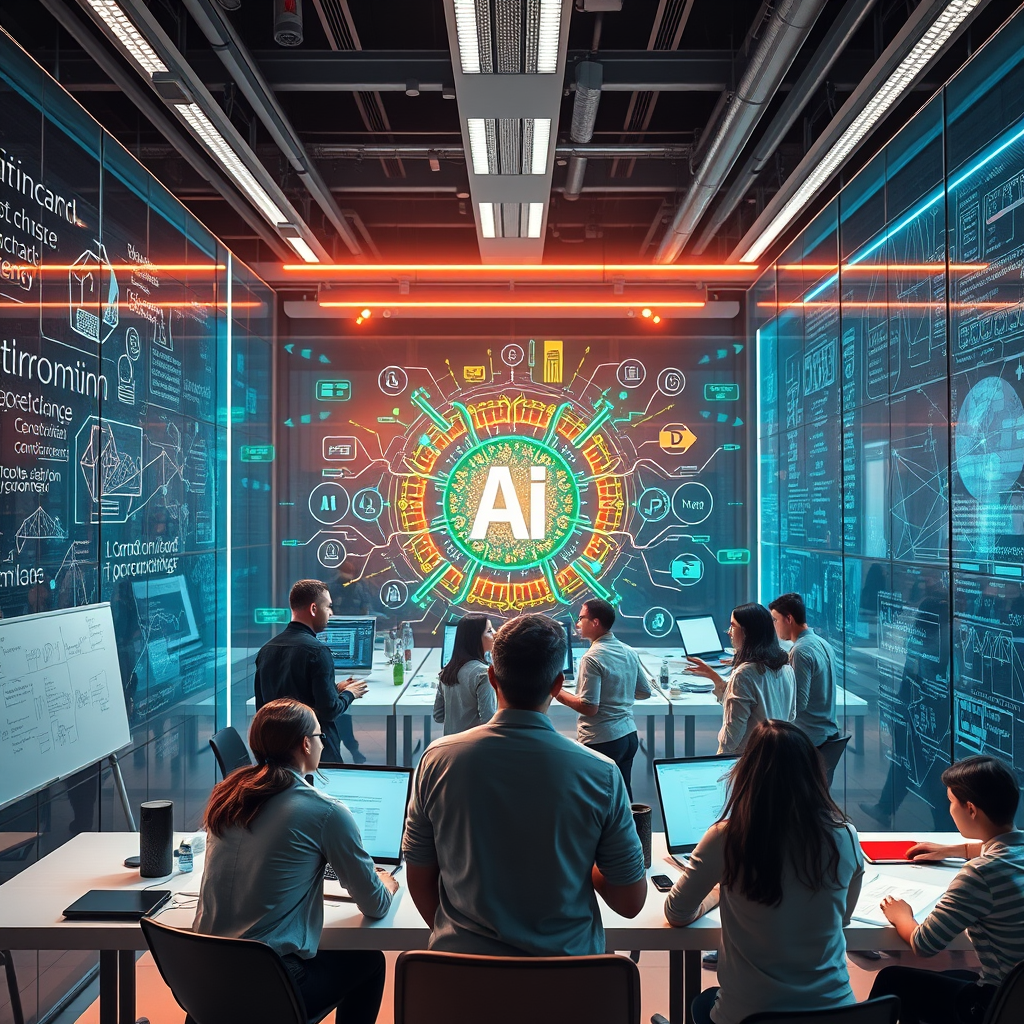
Introduction
In the last decade, artificial intelligence has evolved from a niche research curiosity into a cornerstone of modern business strategy. Yet, the journey from prototype to production remains fraught with technical hurdles, regulatory concerns, and, increasingly, cultural resistance. When companies talk about scaling agentic AI—systems that can autonomously set goals, make decisions, and adapt to new contexts—they often focus on algorithms, data pipelines, and compute budgets. What is frequently overlooked is the human dimension that turns these sophisticated models into practical, high‑impact solutions. Atlassian, the maker of collaboration tools like Jira and Confluence, has turned this insight into a concrete practice. By embedding experimentation into the DNA of its organization, the company has created an environment where autonomous agents can be iterated on rapidly, failures are treated as learning opportunities, and cross‑functional teams co‑design solutions that resonate with real users. This post explores how Atlassian’s cultural approach can serve as a blueprint for any organization looking to scale agentic AI beyond the lab and into the heart of its operations.
Main Content
The Human Engine Behind Agentic AI
Agentic AI systems are, by definition, designed to act independently within a defined scope. Their success hinges on continuous learning loops that require frequent human oversight, feedback, and recalibration. Atlassian’s strategy acknowledges that technology alone cannot sustain this loop. Instead, it relies on a culture that empowers individuals to experiment, iterate, and share outcomes openly. When engineers, product managers, and end‑users are encouraged to prototype new agentic features, test them in small, controlled environments, and report both wins and missteps, the organization builds a living knowledge base that accelerates future deployments.
Balancing Freedom and Focus
A common misconception is that experimentation should be unbounded. In practice, too much freedom can lead to fragmented efforts that drift away from business objectives. Atlassian addresses this tension by providing clear guidance—frameworks that outline acceptable risk thresholds, success metrics, and alignment checkpoints—while still granting teams the latitude to pursue novel ideas. This duality ensures that experimentation is not a chaotic hobby but a disciplined, goal‑oriented activity. For example, a team developing an AI‑driven task prioritization tool might be given a sandbox environment, a set of key performance indicators, and a deadline, but within that structure they can choose the algorithms, data sources, and user interfaces that best fit their hypothesis.
Cross‑Functional Collaboration as a Design Principle
Technical excellence is only one side of the coin. An agentic AI that solves a complex problem but fails to integrate seamlessly into existing workflows will quickly be abandoned. Atlassian’s model brings together stakeholders from engineering, design, customer support, and business operations to co‑create solutions. This collaboration ensures that the AI’s outputs are not only accurate but also actionable and aligned with user expectations. By involving the people who will ultimately interact with the agent, the organization mitigates the risk of building “technically impressive but practically irrelevant” systems. The result is higher adoption rates, richer feedback loops, and a stronger case for continued investment.
Transparency and Shared Learning
One of the most powerful outcomes of a culture that celebrates experimentation is the rapid diffusion of knowledge. When teams openly publish their findings—whether a new reinforcement‑learning algorithm that improved task completion rates or a user‑interface tweak that reduced cognitive load—others can build on that work without reinventing the wheel. Atlassian institutionalizes this practice through internal knowledge portals, regular “post‑mortem” sessions, and community‑wide hackathons that reward transparency. The cumulative effect is a self‑reinforcing ecosystem where each experiment informs the next, and the organization as a whole moves faster toward maturity.
Future Horizons
As agentic AI matures, the boundaries of what it can achieve will expand. Emerging technologies such as quantum computing, advanced robotics, and edge‑AI will open new avenues for autonomous decision‑making. However, these frontiers will also demand even greater cultural agility. Companies that have already cultivated a mindset of safe experimentation will be better positioned to navigate the uncertainties that accompany such disruptive integrations. Moreover, the growing emphasis on ethical AI and responsible innovation will likely reinforce the need for transparent, collaborative cultures that can anticipate and mitigate unintended consequences.
Conclusion
Scaling agentic AI is not merely a technical endeavor; it is a cultural transformation. Atlassian’s experience demonstrates that when an organization treats experimentation as a core value—providing structure, encouraging cross‑functional collaboration, and fostering transparency—autonomous systems can evolve from isolated prototypes into integral components of business workflows. The cultural blueprint they offer is not limited to tech giants; it is a scalable framework that any company can adapt to its own context. By prioritizing people alongside technology, organizations can unlock the full potential of agentic AI, driving innovation that is both rapid and sustainable.
Call to Action
If you’re leading an AI initiative or simply curious about how culture can accelerate technology adoption, start by mapping out the experiment‑friendly practices that already exist in your organization. Identify champions who can advocate for safe failure, set up lightweight feedback loops, and create spaces where cross‑functional teams can prototype together. Share your experiences, challenges, and successes with the broader community—whether through internal knowledge bases or external blogs. Together, we can build a future where agentic AI is not a distant vision but a daily reality, powered by cultures that celebrate curiosity, embrace failure, and relentlessly pursue impact.
